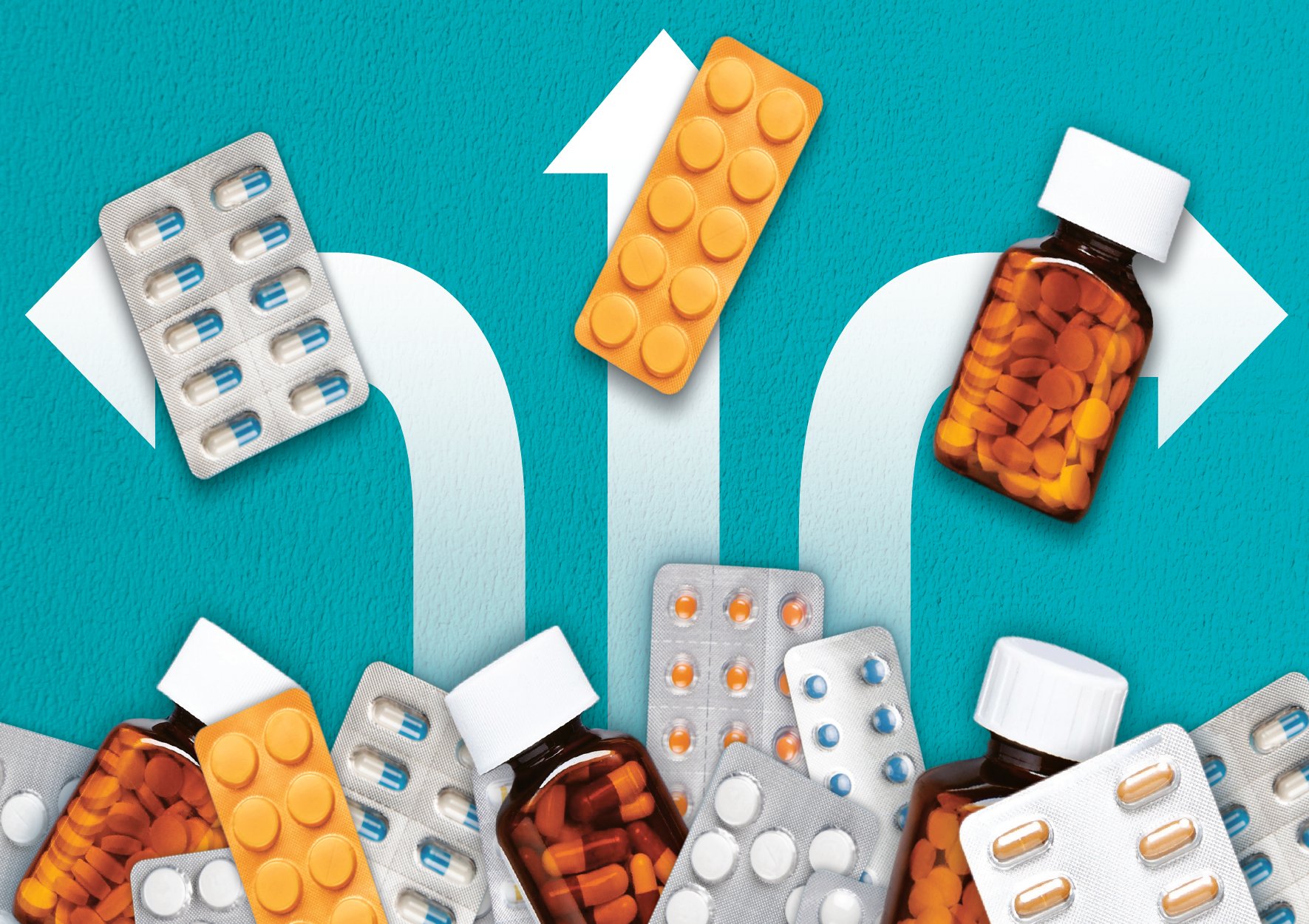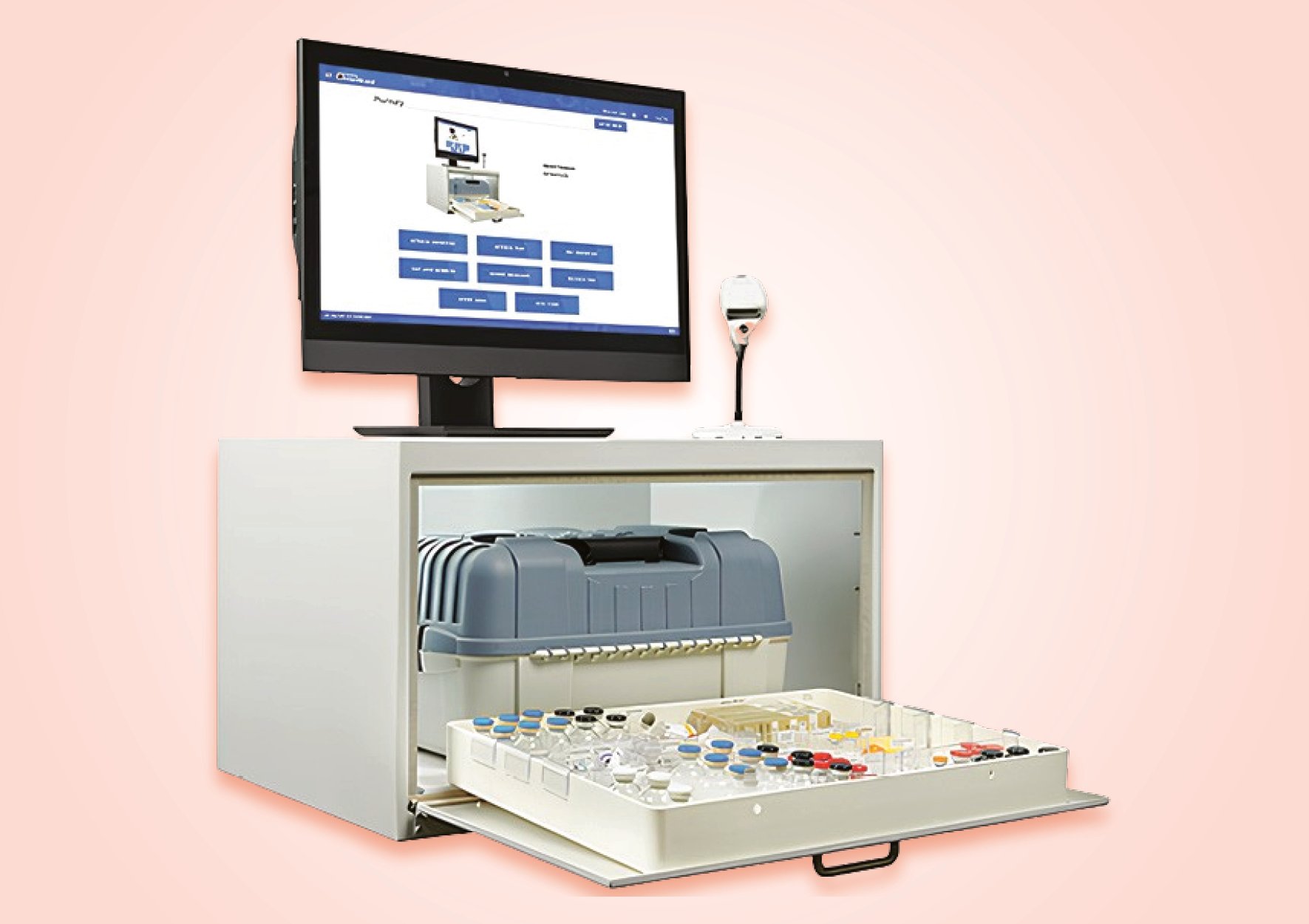- Show Menu
- Contact Us
- FAQs
- Reader Service
- Survey Data
- Survey Winners
- Testimonials
- Upcoming Events
- Webinars
- White Papers
Maximize the Effectiveness of CSTDs
Hospitals in the US offer a wide range of health care services from the most basic, emergency and diagnostic care provided in almost every hospital, to advanced, esoteric, and investigational programs provided by only a few. While all hospitals are not created equal, every hospital should designate patient safety as its number one priority. With this in mind, those hospitals that engage in practices requiring the use of inherently dangerous substances—such as oncology services—have an additional set of obligations beyond ensuring patient safety; they have a responsibility to provide the best possible tools to protect their employees as well. Certain larger-scale devices are excellent at providing protection under specific circumstances, such as compounding aseptic containment isolators (CACIs) and laminar airflow workbenches (LAFWs), but the life of an antineoplastic agent does not exist solely within these confines. In order to provide the highest level of protection, we must be sure these products remain secure from their initial reception on the loading dock until waste disposal in the patient care area. One such method is the successful implementation of closed-system transfer devices (CSTDs).
Cox Health is a four hospital, community-based, not-for-profit organization located in Springfield and Branson, Missouri. Our four locations encompass a total of 919 licensed beds and our inpatient pharmacy staff comprises 146 employees, including 62 pharmacists. Among our specialized facilities is the Hulston Cancer Center, within which our oncology satellite prepares medications for more than 900 patients per month. In 2012, we compounded a total of 10,650 oncology-related medications for our patients.
Given the large volume of hazardous medications handled by our staff, concern over the effects of exposure—both short- and long-term—to these substances has become a driving factor affecting the manner with which we protect our staff. Fortunately, our organization has taken a proactive stance of doing everything possible to protect our employees in all areas of hazardous medication handling, and senior leadership has strongly supported these efforts throughout the health system.

The Proper Compliment of Tools
In our commitment to averting staff exposure to hazardous substances, we have always had the financial support to invest in appropriate engineering controls for hazardous drug preparation. Thus, all injectable hazardous medications are prepared in class II biologic safety cabinets (BSCs) housed within a negative pressure cleanroom. We also have a full complement of hazardous medication policies and procedures (P&Ps) that cover all areas of handling from receipt and storage to transport and waste disposal. Our staff are highly involved in reviewing these P&Ps annually for any appropriate changes or updates.
Furthermore, we have concentrated our hazardous medication preparation to a dedicated area, separate from general parenteral preparation, in order to provide our staff with a work environment that fosters greater focus and competency for these sensitive tasks. Our staff are required to use personal protective equipment (PPE) including gowns, masks, double gloves, and safety glasses. Likewise, all injectable hazardous medications are mixed using CSTDs and pre-primed CSTD administration sets are attached to parenteral bags. The routine practice of pre-priming IV tubing for all chemotherapy medications is done to further mitigate exposure to our pharmacy and nursing staff.
We began using CSTDs in 2005, shortly after NIOSH and other organizations began defining and recommending the use of such devices. Our organization quickly realized the benefits CSTDs could provide to employees and patients from a safety standpoint. Before adopting CSTDs, we mixed hazardous medications in a class II biologic safety cabinet, but staff wore gloves and gowns only. We also routinely used large transfer spikes to draw medication from multiple-dose vials. While we were confident that the combination of enclosures and proper aseptic technique protected the product as well as the patient, we were less certain that our pharmacy technicians and nurses were likewise protected to the fullest extent. The primary reason for implementing CSTDs was to bring the preparation and administration of hazardous drugs under greater control.

Testing for Exposure
In our experience, CSTDs have proven quite reliable in mitigating exposure, as failures are rare and are generally the result of improper use. Therefore, all pharmacy staff members are required to undergo specialized training and orientation prior to mixing hazardous medications. Our nursing staff also undergo hazardous medication handling training, including proper use of CSTDs for the administration activities they perform. These staff also must watch video demonstrations and then have their hazardous medication preparation technique directly evaluated by an established trainer. Annual retraining also is required to reinforce proper sterile product preparation according to USP <797> guidelines, and this includes proper CSTD use.
In addition to the measures taken in-house to ensure the best possible care against exposure to hazardous substances, we negotiated periodic wipe tests into our CSTD supplier’s contract terms such that the supplier covers the costs related to conducting periodic wipe tests. The results of these tests have demonstrated that for our facility, little exposure exists outside of the BSCs and the immediate surrounding areas; a restriction we feel is directly related to the proper use of valuable engineering controls, including CSTDs. The limited amount of exposed hazardous materials also has bolstered pharmacy leadership’s confidence in the competency and technique employed by our staff. Nonetheless, we have always been aware that proper technique does not fully protect staff from exposure.
Thus far, we have completed two wipe tests, both offered to us at no charge by our CSTD supplier. While these have proven helpful, we were initially concerned by the fact that our own personnel were performing the tests (as opposed to a unaffiliated third-party), a condition that management felt could result in biased outcomes. For example, the first test we conducted came back with no positive results in an environment that was expected to see positive results. After the second wipe test, we did have positive results, but we were unsure as to what steps should be taken next to mitigate the positive result or the potential exposure to the employee. In order to gain some perspective on these results, we requested that our supplier provide comparative data from our first test, as well as from other institutions of similar size or mixing conditions so we could benchmark our findings. The information we were provided proved to be quite thorough and timely. The report comprised an introduction and background on the test, including guidelines from NIOSH and USP <797>, an overview of the test study performed at our facility, the methodology, and the results, which included graphic representations and comparison to nearly 300 other sites. In addition, the report provided an evaluation of our organizational processes with recommendations for further improvement. Having access to this type of information has been very helpful and we continue to evaluate comparison data on an ongoing basis to improve our monitoring of hazardous compounding activities.
Among the realities of working with hazardous medications is that some level of contamination is to be expected. For instance, we generally assume the antineoplastic products we receive have some trace contamination on the outside of the vials as studies have shown. This only serves to further our resolve to provide the best protection possible for our patients and staff. Our desire is to perform similar wipe studies annually to continue monitoring our performance.
Extending Safety Beyond the Pharmacy
Naturally, our concern for employee safety extends beyond the walls of the pharmacy. Because our nursing staff also face a risk of exposure to hazardous medications they are responsible for administering, our pharmacy has had a long-standing practice of providing pre-primed tubing attached to the medication at the time of compounding. In addition, those pharmacy staff that work with hazardous medications are directly involved in educating and training new nursing staff with specific attention paid to the proper use of CSTDs. They also perform the annual training required for nursing staff regarding hazardous drug administration.
Although we do periodically evaluate the different CSTD products on the market, including new suppliers, we have remained with our initial supplier because we feel they offer the safest and most compatible option for our practice. We do not anticipate changing products any time soon, but as all pharmacies should with their own technology, we will continue to evaluate new and updated products as they become available.
Conclusion
Monitoring the use of CSTDs is markedly different from monitoring the use of other engineering controls in that a new device is used for every single dose of chemotherapy. Therefore, emphasizing proper use is perhaps more integral in day-to-day operations than for other controls. Because we have encountered leaks at the administration site due to improper use, we continue to educate our nursing staff on appropriate connections with the adaptor. This calls into question the relative ease of use of CSTDs, which is a factor that all pharmacy and nursing staff should weigh in on when choosing a supplier. Although we are quite happy with our supplier, we have discussed CSTD use with other institutions that are similarly happy with other suppliers. Now that there are several CSTDs on the market, finding the best fit for your facility, staff, and budget is more accessible.
Due to the known and suspected effects that frequent handling of hazardous medications can produce, the use of any available primary and secondary engineering controls to prevent exposure indicates a dedication to providing safety for all affected parties, not just patients. I advise other institutions to review the available literature on what effects hazardous medication exposure can produce in a human being. If you would not feel comfortable placing yourself or your loved ones in such a situation, then the use of CSTDs is one of the best ways to help lessen that exposure for your facility’s staff.
 Jennifer Reeves, RPh, has served as assistant director of pharmacy at Cox Health in Springfield, Missouri, since 2005, where she focuses on pharmacy operations and regulatory readiness. Prior to this position, she served as the site supervisor for two facilities in the Cox Health System following a role as a clinical pharmacist in the NICU. Jennifer received her BS in pharmacy from the University of Kansas.
Jennifer Reeves, RPh, has served as assistant director of pharmacy at Cox Health in Springfield, Missouri, since 2005, where she focuses on pharmacy operations and regulatory readiness. Prior to this position, she served as the site supervisor for two facilities in the Cox Health System following a role as a clinical pharmacist in the NICU. Jennifer received her BS in pharmacy from the University of Kansas.
Like what you've read? Please log in or create a free account to enjoy more of what www.pppmag.com has to offer.








